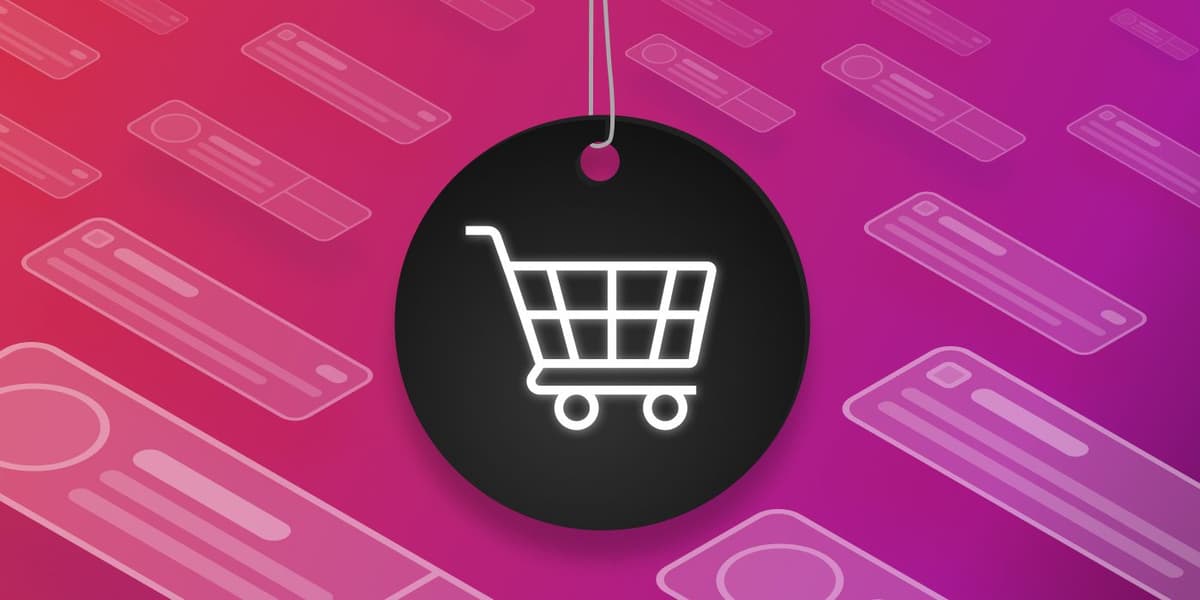How Braze Makes Black Friday Messaging Campaigns Possible at Scale
Published on September 15, 2020/Last edited on September 15, 2020/3 min read


Adam Swiderski
WriterThe use of the term “Black Friday” has been used to describe the shopping day immediately following Thanksgiving for decades, but the retailers of the 1980s—if they’d put down their New Coke and slap bracelets long enough—could hardly have imagined the absolute frenzy it would come to signify in the modern era. The advent of eCommerce intensified things, creating a multi-day sales bonanza that has become a critical period in the retail calendar for both brands and consumers alike.
It can’t be overstated how important reaching potential customers is during the Black Friday-to-Cyber Monday stretch. It’s estimated that some $28.49 billion in online sales took place in that window, with 5.5 million packages delivered between Thanksgiving and December 4th. Of course, that level of demand means a crowded playing field from the retail side, and when there’s that much noise being made, the ability to efficiently and effectively reach consumers with the proper messaging can mean the difference between holiday cheer and watching the Grinch walk away with all the best goodies.
Messaging at the kind of scale required for Black Friday demands a platform that can deliver speed and reliability across multiple channels, and that’s what Braze has to offer. That’s not just chest-puffing, either, as the numbers from 2019’s Black Friday time frame demonstrate.
Going Big on Black Friday
With the amount of activity in this period, any messaging campaign centered around Black Friday needs to operate at a massive scale. Over the course of Black Friday 2019, Braze sent 2.96 billion messages, and processed 8 billion unique inbound API requests, all while maintaining 100% uptime. Broken down, that’s 54.7 million in-app messages, 561 million emails, and 1.4 billion push notifications. Cyber Monday was no slouch, either, with 53.7 million in-app messages, 623 million emails, and 1.59 billion push notifications delivered.
Supporting that kind of load requires an incredibly stable network, which Braze delivers thanks to a comprehensive overhaul that moved the platform to a cloud-based infrastructure. As explained by CTO John Hyman, this major effort gave Braze the foundation it needed to handle even the peak-iest of peak messaging periods.
Black Friday and the Need For Speed
Scale, however, is just one part of the equation. Stability only goes so far if it’s not coupled with the kind of blazing speed that gets notifications to consumers at the right time.Those 8 billion unique inbound API requests? They were handled with just 41 millisecond average latency. Push notifications were sent at a rate of 75,000 per second, while emails clocked in at 2.5 million per minute.
Again, the Braze platform’s use of key cloud platform features like AWS Auto Scaling was critical, relieving hardware of the computing load that comes with processes like encryption and ensuring reliable messaging and the processing even during peak periods like Black Friday.
What’s Next?
Today’s messaging landscape is challenging year-round, but it can’t be denied that the Black Friday period offers a particular challenge. With both consumer activity and demand at their peaks, making sure your promotional efforts are being delivered to the right customers at the right time through the right channels is imperative. With the right infrastructure in place to support network stability and speed, the sky’s the limit when it comes to peak-time outreach.
Are you ready to learn how your brand plan for and deliver on the promise of Black Friday? Check out our Mix and Match guide and arm yourself with the know-how you need to make the most of your customer engagement strategy.
Related Tags
Be Absolutely Engaging.™
Sign up for regular updates from Braze.
Related Content
View the Blog
The new inbox reality: How iOS changes are reshaping email marketing

Aparna Prasad

Experience optimization: Turning data insights into better journeys

Team Braze

December 2025 Bonfire Marketer of the Month: Jagex’s Emma Oliver
